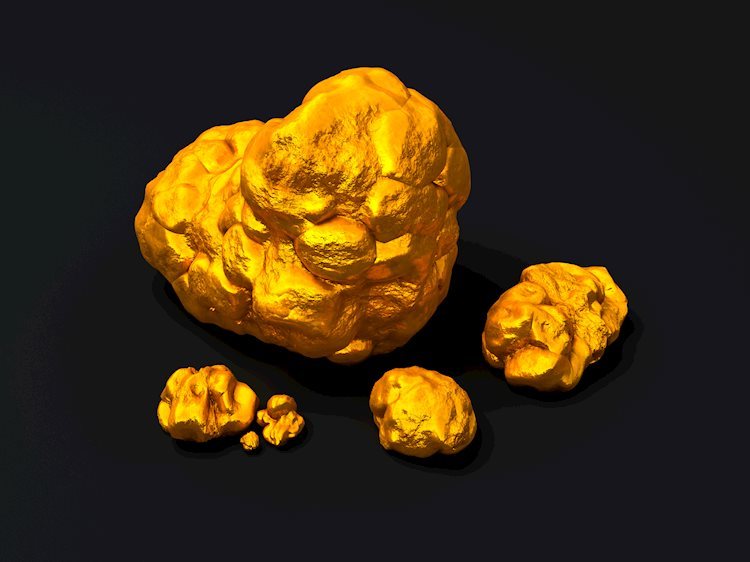The People’s Bank of China (PBoC) did not purchase any Gold in October, continuing a trend that has seen their Gold reserves remain unchanged for the past six months at 72.8 million ounces or 2,264 tons. This lack of interest from the PBoC has led to a significant decrease in central bank Gold purchases, which fell to 186 tons in the third quarter, almost half the amount purchased in the previous year.
As a result of the PBoC’s decision not to buy Gold from domestic mine producers, more Gold is now available to private households. This has led to a decrease in China’s Gold imports, with imports via Switzerland down 13% year-on-year after nine months, and those via Hong Kong down 17.5% year-on-year. The decline in imports can be attributed to the reduced demand caused by the PBoC’s lack of purchasing.
The decrease in central bank Gold purchases and China’s reduced Gold imports have significant implications for the global Gold market. With less demand from one of the world’s largest consumers, the price of Gold may be impacted. However, this shift also presents an opportunity for private households in China to invest in Gold, as the metal becomes more readily available to them.
Despite the decrease in central bank purchasing and imports, China remains a major player in the global Gold market. The country’s decisions regarding Gold reserves and imports have the potential to influence Gold prices and market trends worldwide. As China continues to adjust its strategy regarding Gold purchases, it will be interesting to see how this impacts the global market in the months and years to come.
Overall, the PBoC’s decision not to purchase Gold in October has significant implications for both the Chinese and global Gold markets. The increase in available Gold for private households in China presents new opportunities for investment, while the decrease in central bank purchasing could impact Gold prices and market trends. As China continues to adjust its strategy regarding Gold reserves and imports, it will be important to monitor how these decisions shape the future of the Gold market on a global scale.











